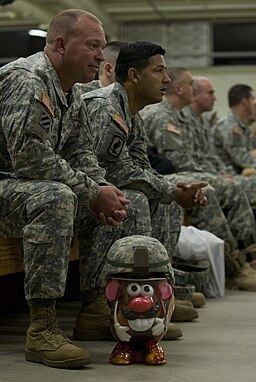“Unlike most writers, Rankin does not plan his characters: he has said that Rebus arrived virtually fully formed on the page.”
Until I read these words in How to Write Like a Bestselling Author (a collection of magazine articles on bestseller characteristics by Tony Rossiter), I had no idea that most writers actually plan their characters. One of those disconcerting moments when you realize that what’s going on in your head is not the same as what’s going on in other people’s heads, even if you have the same name for it.
I don’t plan my characters. They just pop into my head, like bubbles rising from the frothy cauldron of my unconscious mind. And while I might change some minor things about them – such as their names, and whether or not they’re actually in the book – the characters themselves are fairly constant. (Minor spoilers follow…)
But that’s not to say that I don’t have any conscious involvement at all. To take an example from Restoration Day, I realized partway through one of the early drafts that, as it stood, the only people opposing Lily were men – all the women were on her side. That didn’t seem entirely believable, so a female antagonist was clearly indicated.
Pop! into my head came Laurel. And while some things changed, such as her name, and some things she did – in one draft she biffed Lily over the head with a crystal decanter before Lily escaped – the essential nature of the character was there from the beginning. She was always hard, luxury-loving, insincerely kind. (And tall, for some reason.)
I can’t imagine trying to build a character from scratch. How do “most writers” do it? I suspect I’d come up with something either terribly wooden, or blatantly Frankencharacter. Like an old-fashioned identikit picture compiled from assorted facial features. Or Mr Potato Head.
Mind you, the instinctive “leave it all to the subconscious” method does have its shortcomings. I settle down, pen in hand, eager to find out what mistaken beliefs are distorting my character’s view of life, destining him for trouble down the track. And what do I get? He likes fried dumplings and is good at cooking fish.
Every time, it’s a lucky dip into the tombola drum of my mind – a tombola drum which has a family resemblance to a) Mary Poppins’ carpet bag, and b) a murky pond with all sorts of random things dumped in it. I might fish up lost crown jewels, or an old boot – I never know.
If you’ve ever created a character – for a book, a skit, a role-playing game – tell me, how did you do it?



My characters used to begin on the pages of a baby-name book, where I found names whose meanings were the sort of person I needed, and if I liked the name as well, I would use it. I still have to like the name, and like the meaning.
So you have some idea of the character, and then the name informs that further? Fleshes that out (if I may use so icky an expression)? Or is the name a sort of nucleus around which the character coalesces?
I used to start with the name, and now I start with a character idea.Sometimes I change the name, which is definitely different from my old way.